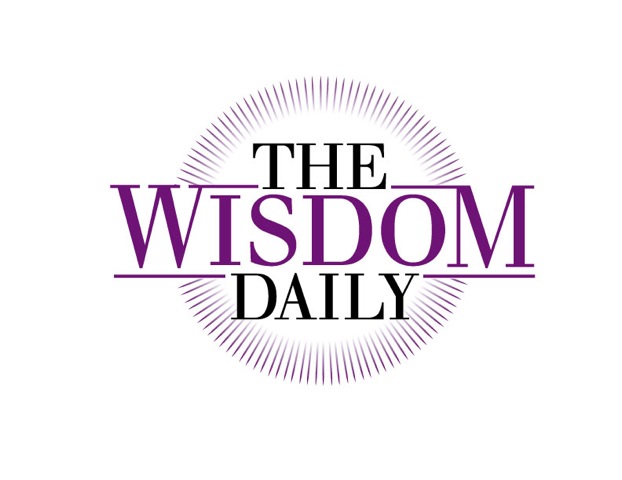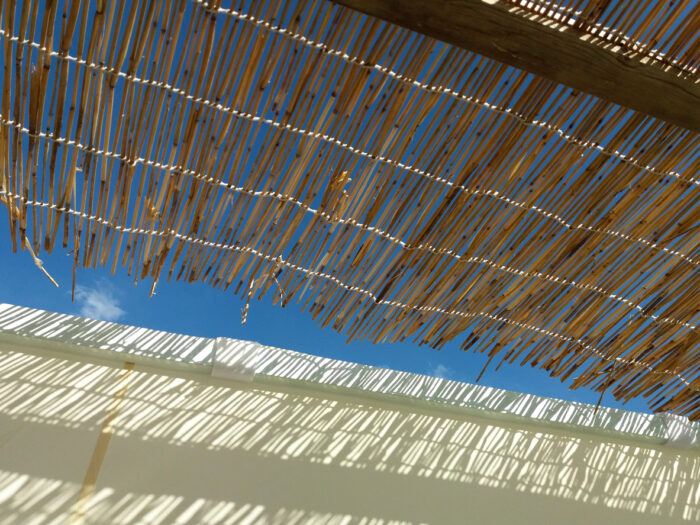The first day of Sukkot falls on October 7. How do we sit in the sukkah on the second anniversary of the murderous attacks that occurred on that same date, and in the wake of two years of ensuing war? How do we celebrate what Talmudic teaching and almost 1,500 years of liturgy describe as the “time of our rejoicing,” when so many have died and so many more are still lacking the peace and security that all people need?
One response is to do our best to celebrate as if nothing is different. After all, Jews have suffered through many tough times, often with far less safety and security than we currently possess, and they made little, or as little as possible, of those tough times, preferring to “keep calm and continue celebrating,” to paraphrase the British in 1939.
The fact is, there is a profound wisdom in that response, and genuine power to be found in refusing to be defined by current pain. To opt instead to ground ourselves in a tradition that steadfastly chooses life and the affirmation of joy, even when circumstances suggest we might readily do otherwise. And as much I too want to lean in to that wisdom as being 100% true and I appreciate how that response has played a pivotal role in the Jewish people’s 3,500 year story, I think it is not 100% of the truth we need—especially this Sukkot, coinciding with the second anniversary of October 7.
We need an additional truth, a complementary truth—one that not only refuses to be defined by present pain, but that also helps us create a brighter and better future. Finding those combined truths, and honoring the wisdom of both, comes down to a single issue: appreciating both the sukkah we want and the sukkah we need, especially right now.
Most people could use a hug right now, regardless of the politics they hold or the future they envision. And even when we cannot—even should not—agree about the equal legitimacy of different people’s competing political claims or envision the same future they envision, we can agree about that need for a hug. That is no small thing on Sukkot, as the sukkah is the architectural embodiment of a hug, wrapping us in its protective walls.
In fact, while the holiday of Sukkot is linked to joy, the structure itself is most commonly linked to the experience of peace, be it on the holiday or otherwise. The phrase “the sukkah of peace” is a phrase used in a variety of settings and is meant to convey the protection, shelter, respite, and peace that we all so crave. It is the hug we need.
But there is more to the sukkah than the warm hug it provides, the peaceful repose it promises, allowing us to forget our problems and simply celebrate this Festival of Rejoicing, as if none of our problems exist—as if the past two years of murder and mayhem never happened.
In addition to the promise of protection, the sukkah requires permeability.
The sukkah is defined not only by its embracing walls which wrap us in their embrace. The sukkah is defined at least as much by its rooftop covering—s’khakh in Hebrew—which is the same root from which the word for the sukkah is taken. And that s’khakh must be permeable according to Jewish law, otherwise it is just another roof. Therein lies the wisdom of the sukkah we need, alongside the importance of the sukkah hug we so desperately want, especially on October 7.
Yes, we need to be hugged and protected, more now than during any time many of us can remember. The sukkah reminds us that that need for comfort and protection is sacred and that securing it for ourselves and our people is a mitzvah. The sukkah also reminds us that its protection is not total, and that its permeability is also sacred, requiring us to be aware of and in touch with that which lies beyond the warm and protective hug we all want, as that too is part of the mitzvah.
The sukkah invites and challenges us. It invites us into its warm embrace and challenges us to remember that the embrace we crave is not meant to hermetically seal us off from other realities. The sukkah invites us to build that protection we need for ourselves, even as it requires that we leave open spaces so that we are touched even by what we often want to exclude.
The sukkot we build—be they physical booths, communal boundaries, national borders, or psychological barriers—will be different for all of us, but I pray that this year, more than ever, those sukkot will incorporate both the protection and the permeability that we all want and need. May we fiercely embrace the former, bravely embrace the latter, and may we all know peace.

